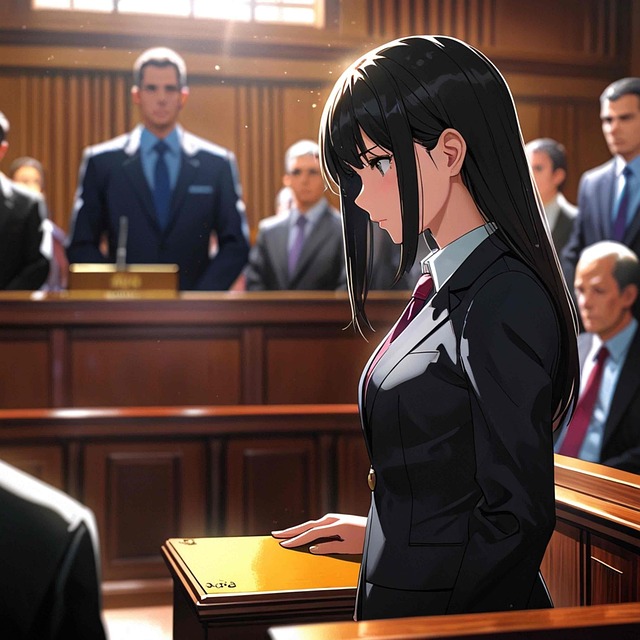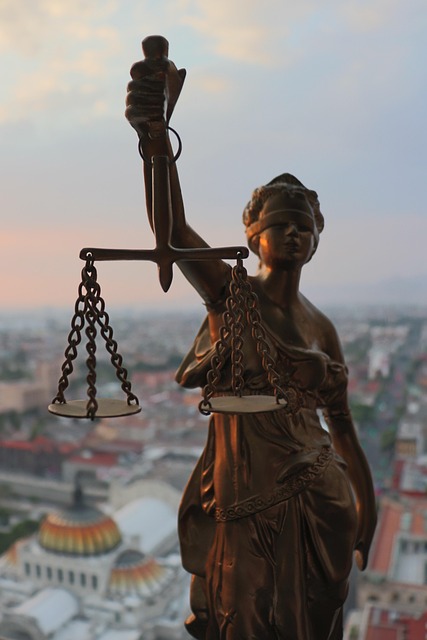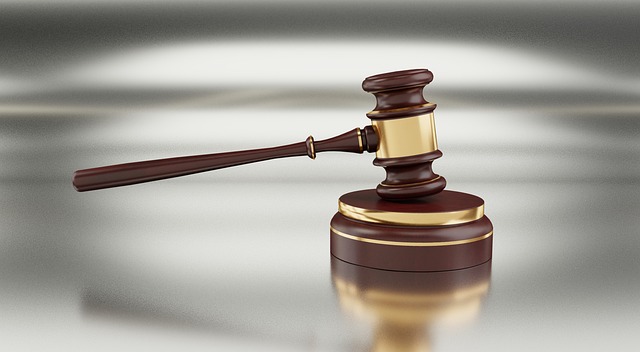Pedestrian right-of-way laws protect individuals at crosswalks, mandating drivers yield to pedestrians. Understanding these rules is vital for preventing serious injuries or wrongful death, as drivers and pedestrians must exercise reasonable care. In accidents, evidence like skid marks, witness accounts, and medical records are crucial for reconstructing incidents and determining liability. Robust proof secures maximum compensation for victims, especially in elder law cases, through establishing negligence and injury severity.
In pedestrian right of way accidents, evidence is pivotal. Understanding the intricate laws governing these incidents is just the first step; crucial evidence then guides accident reconstruction, painting a clear picture of events. This article delves into the significance of evidence in such cases, exploring how it aids in navigating legal complexities and maximizing compensation for victims. By examining key pieces of proof, individuals affected by pedestrian right of way accidents can ensure justice and fair restitution.
- Understanding Pedestrian Right of Way Laws
- The Role of Evidence in Accident Reconstruction
- Maximizing Compensation with Solid Proof
Understanding Pedestrian Right of Way Laws
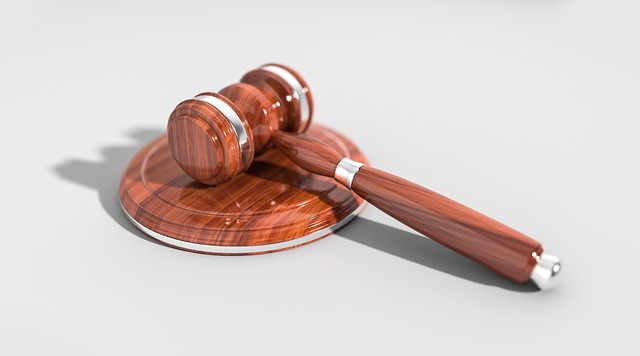
In many jurisdictions, pedestrian right of way laws are designed to protect individuals on foot from harm at crosswalks and other locations where vehicles might pass. These laws stipulate that drivers must yield the right of way to pedestrians under specific circumstances, such as when a pedestrian is within a marked or unmarked crosswalk. Understanding these rules is crucial for both drivers and pedestrians alike. Failure to comply with these regulations can lead to serious consequences, including personal injury claims and, in extreme cases, wrongful death charges.
Pedestrians have the right to assume that drivers will obey traffic laws and exercise reasonable care while driving near them. When a pedestrian is injured due to a driver’s negligence or disregard for right of way rules, it can result in significant truck accident injuries or worse. Knowledgeable individuals understand that navigating these legal aspects is essential, especially when considering potential personal injury claims or seeking justice in the event of a fatal accident.
The Role of Evidence in Accident Reconstruction
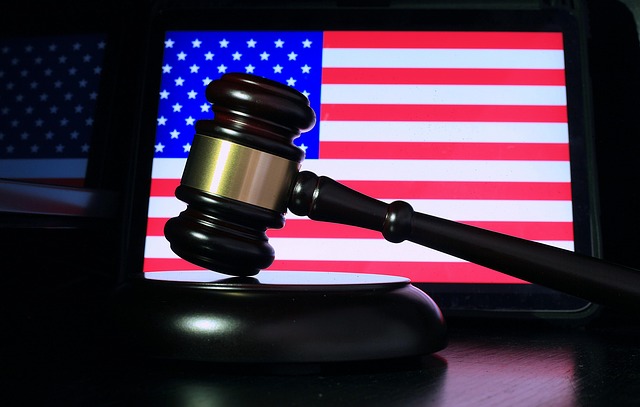
In the complex world of pedestrian right of way accidents, evidence plays a pivotal role in accident reconstruction and determining liability. When a collision occurs between a pedestrian and a vehicle, the physical evidence left behind tells a story that needs to be meticulously unraveled. This includes examining skid marks, tire impressions, and any visible injuries sustained by both parties. By analyzing these, experts can recreate the sequence of events, establishing how fast each party was moving, their respective positions, and who had the right of way at the time.
Moreover, witness accounts, surveillance footage, and medical records are crucial pieces of evidence that contribute to a comprehensive understanding of the accident. These sources provide insights into the immediate moments leading up to the collision, potential contributory factors, and the extent of injuries incurred. For individuals seeking property damage claims or dealing with car accident injuries, having strong evidence can significantly influence the outcome of their cases, especially when consulting with an auto accident attorney.
Maximizing Compensation with Solid Proof
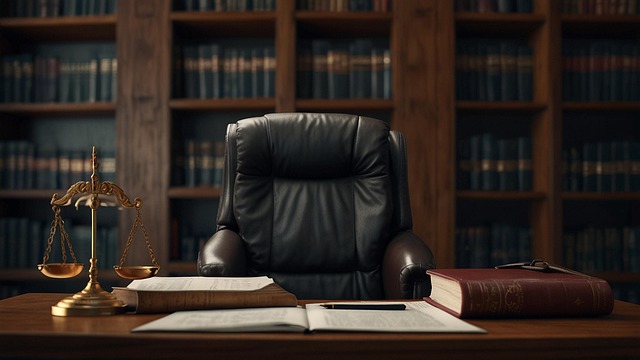
In pedestrian right of way accidents, maximizing compensation hinges on presenting solid proof to establish liability and the extent of injuries suffered. Strong evidence, such as witness statements, surveillance footage, and medical records, can significantly enhance a victim’s case. This is especially crucial in scenarios involving nursing home abuse or elder law cases where clear documentation of harm is essential to secure adequate accident compensation for vulnerable individuals.
Having concrete proof allows victims and their legal representatives to construct a compelling narrative that demonstrates negligence on the part of the at-fault party, ultimately leading to fairer settlements or verdicts. By presenting well-documented evidence, victims can ensure their stories are accurately represented and they receive the financial support needed for recovery and rehabilitation.
In the realm of pedestrian right-of-way accidents, understanding legal principles and leveraging compelling evidence are paramount. By comprehending the laws governing these incidents, individuals can better navigate potential disputes. Evidence plays a crucial role in accident reconstruction, enabling a clear picture of events to emerge. This, in turn, maximizes compensation for victims, ensuring they receive fair and just restitution for their injuries. In today’s digital era, solid proof is a game-changer, emphasizing the importance of documenting and preserving every relevant detail to secure favorable outcomes.
